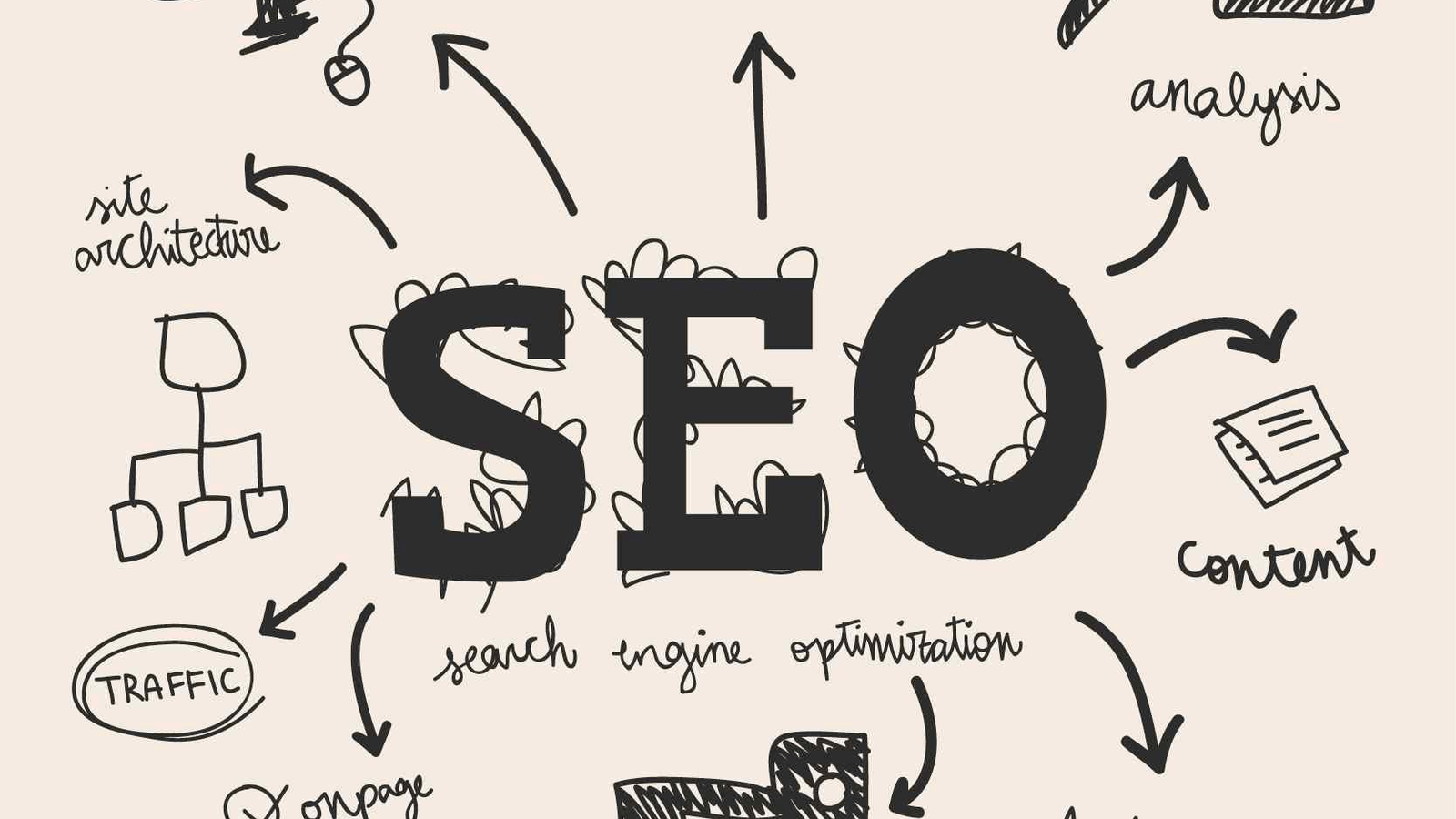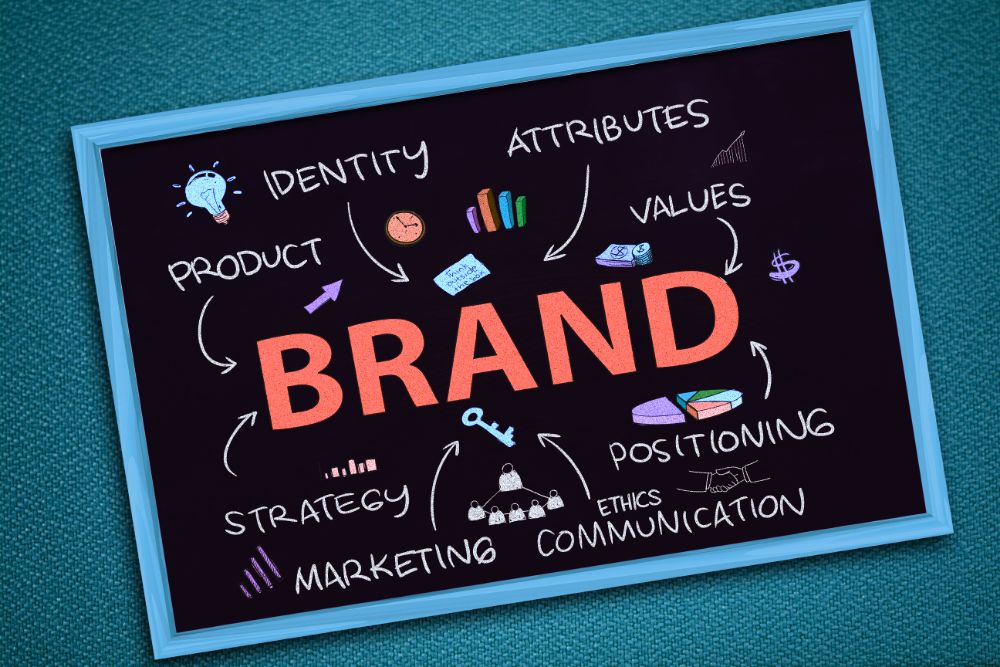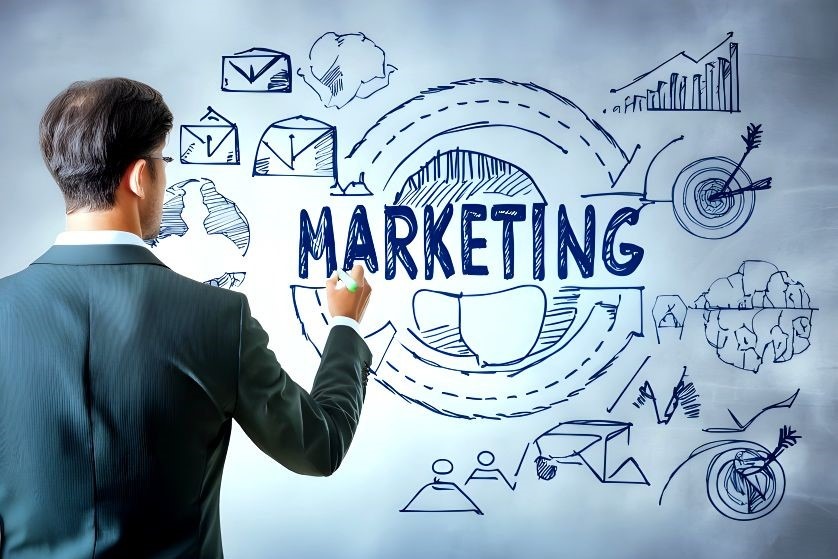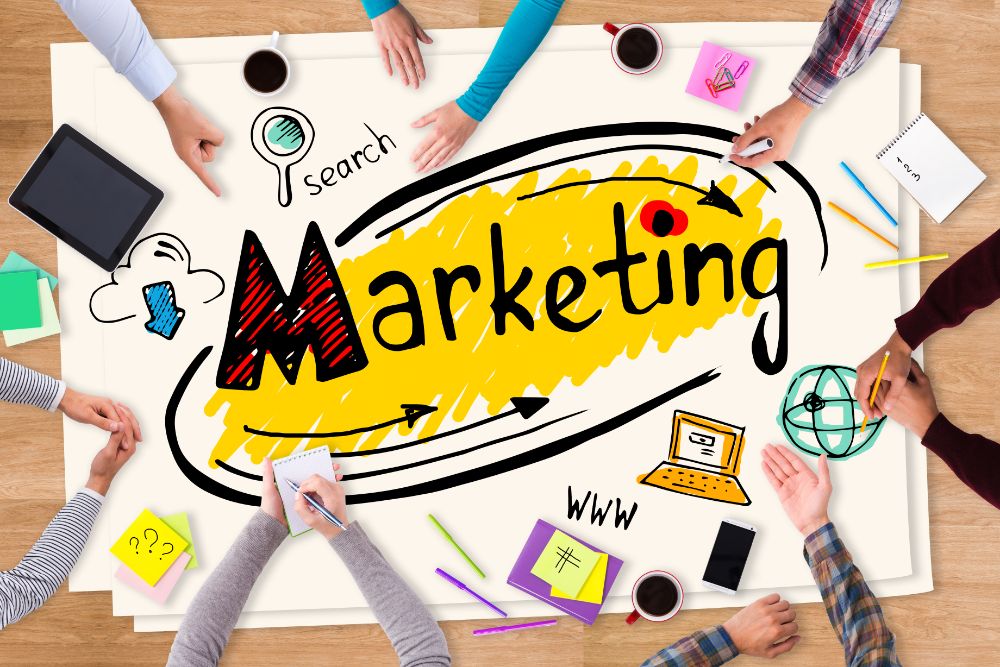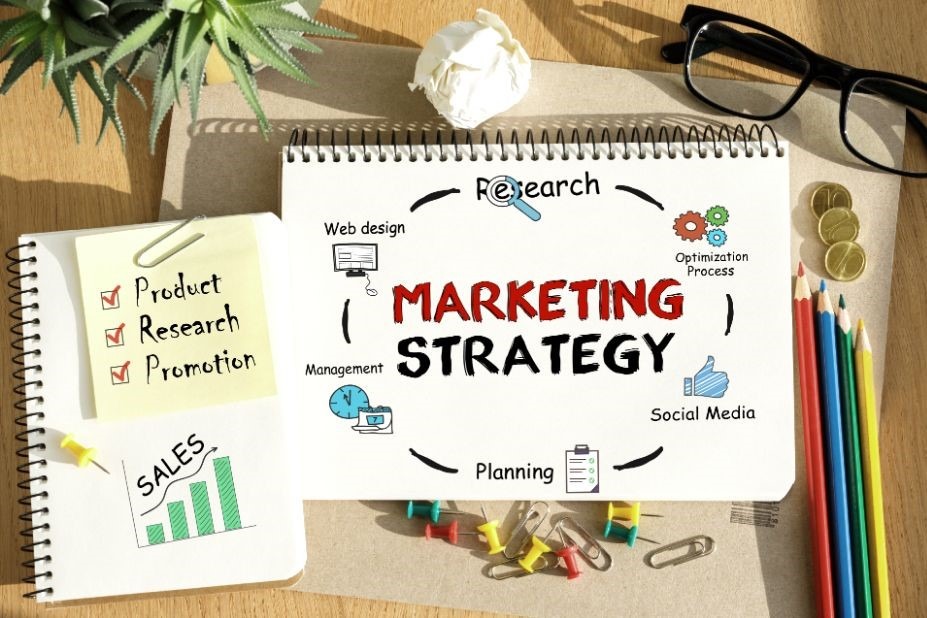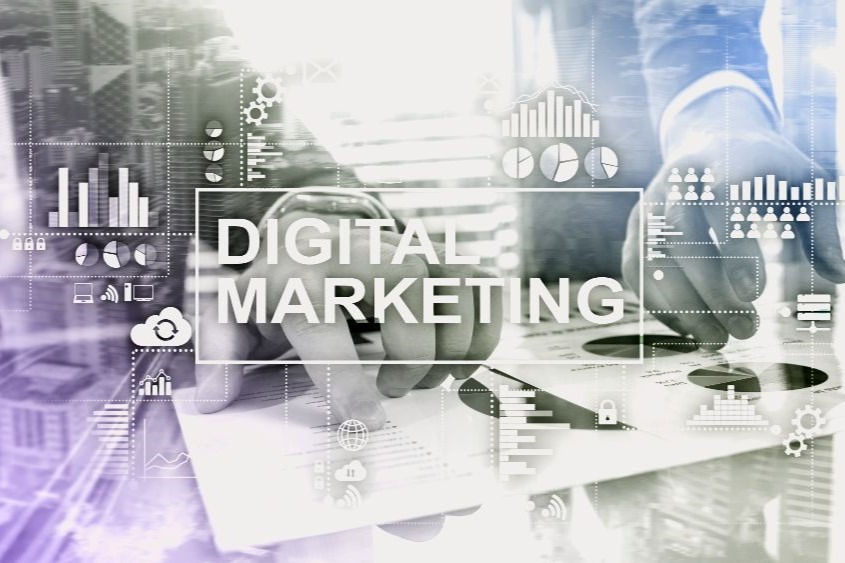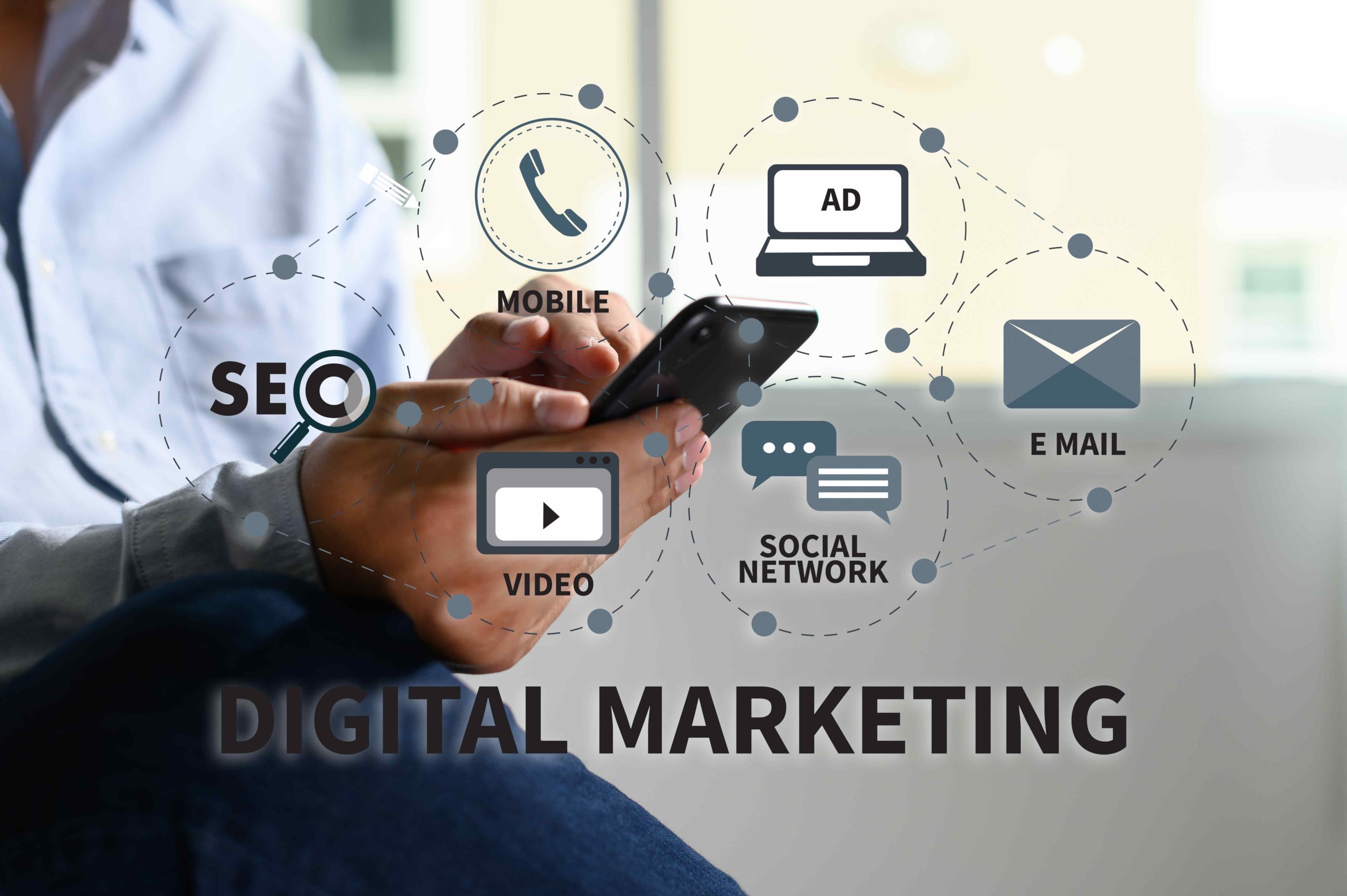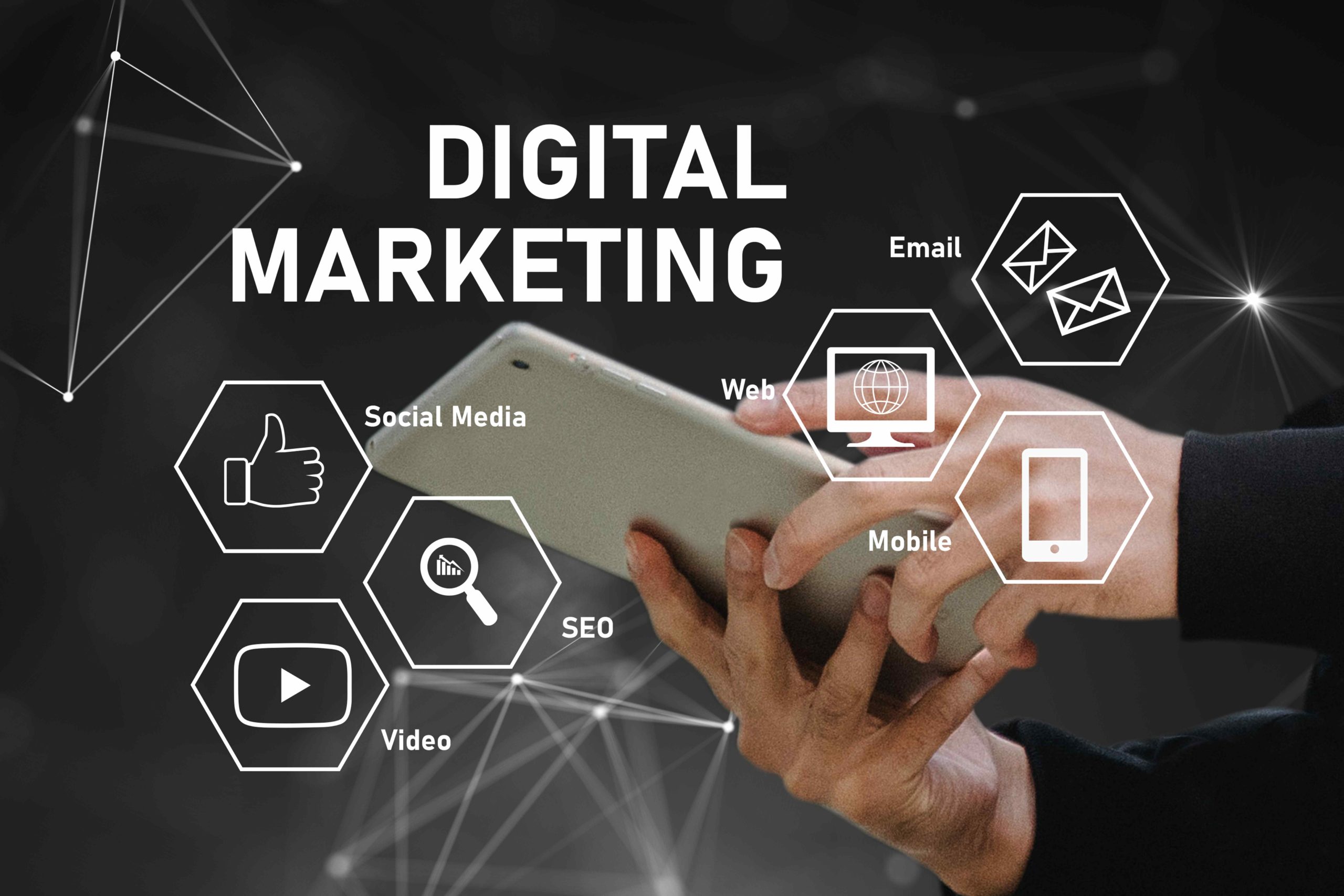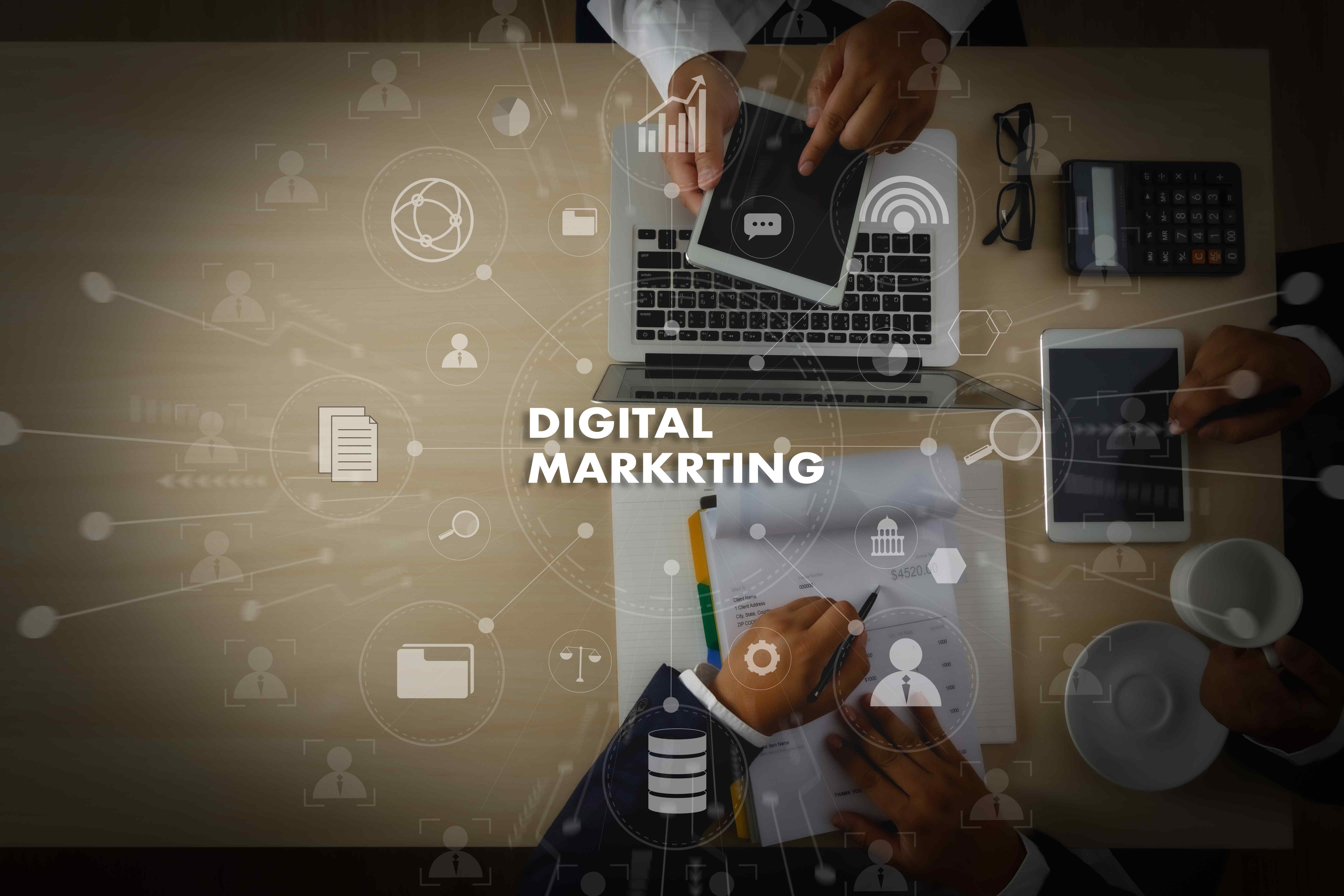
Traditional marketing and digital marketing offer distinct approaches to promoting products and services. While both aim to boost brand visibility and drive sales, they differ significantly in terms of channels, cost, and reach.
In this article, we exploring the core differences between digital and traditional marketing, highlighting their respective advantages and disadvantages and offering insights into the best strategies for each approach.
Understanding Traditional Marketing
Traditional marketing uses time-tested methods and channels to advertise goods and services offline. These methods include telemarketing, billboards, direct mail, television and radio advertising, and print ads. Traditional marketing relies on mass media and tangible items to disseminate marketing messages to a broad audience.
Advantages of Traditional Marketing
- Tangible Presence: Traditional marketing creates a physical presence through print adverts, billboards, and direct mail, allowing customers to interact with the materials directly.
- Local Targeting: Businesses can target specific local audiences via neighborhood newspapers or regional television networks.
- Familiarity: Many consumers, especially those less tech-savvy, are familiar and comfortable with traditional marketing techniques.
Disadvantages of Traditional Marketing
- Limited Reach: Traditional marketing methods can struggle to reach a larger, global audience due to their reliance on physical distribution.
- Higher Costs: Producing and distributing print advertisements or TV commercials can be expensive, posing a challenge for small businesses with limited budgets.
- Lack of Interactivity: Traditional marketing is often a one-way communication strategy, lacking real-time engagement and feedback.
Effective Traditional Marketing Strategies
- Print Advertising: Leveraging newspapers, magazines, brochures, and flyers to reach local or specialized markets.
- Direct Mail Marketing: Using physical mail like postcards and catalogs to reach potential customers directly.
- Television and Radio Advertising: Running ads during popular TV shows or radio programs to reach a wide audience.
- Outdoor Advertising: Using billboards, posters, and signage in high-traffic areas to attract attention.
- Event Sponsorship and Participation: Engaging directly with the target market through trade fairs, conferences, and exhibitions.
- Public Relations (PR): Building credibility and brand visibility through media coverage and press releases.
- Word-of-Mouth Marketing: Encouraging satisfied customers to spread positive recommendations.
Understanding Digital Marketing
Digital marketing involves promoting products and services using online tools and platforms such as the internet, social media, search engines, email, and mobile applications. It encompasses a variety of strategies, including email marketing, SEO, social media marketing, content marketing, and online advertising.
To learn more about digital marketing, read our article What Is Digital Marketing: A Complete Guide.
Advantages of Digital Marketing
- Wider Reach: Digital marketing can reach a global audience, overcoming geographic limitations.
- Targeted Audience: Allows precise targeting based on demographics, interests, and online behavior, ensuring effective campaigns.
- Cost-Effective: Often more affordable than traditional marketing, making it accessible for businesses with smaller budgets.
- Measurable Results: Powerful analytics tools enable tracking and evaluating campaign effectiveness.
- Flexibility and Real-Time Adjustments: Campaigns can be modified in real-time based on performance data.
Disadvantages of Digital Marketing
- Information Overload: The abundance of online information can make it challenging to capture and retain audience attention.
- Technical Challenges: Learning various digital platforms and technologies can be time-consuming and complex.
- Reliance on Technology: Dependence on technology makes firms vulnerable to technical issues and algorithm changes.
- Privacy Concerns: Collecting and using customer data for targeted advertising can raise privacy issues.
- Skills and Expertise: Digital marketing requires knowledgeable personnel, which can be challenging to hire or train.
Popular Digital Marketing Strategies
- Search Engine Optimization (SEO): Enhancing website visibility in search engine results to drive organic traffic.
- Search Engine Marketing (SEM): Running paid advertising campaigns on search engines like Google.
- Social Media Marketing: Promoting products and engaging with audiences on platforms like Facebook, Instagram, and LinkedIn.
- Content Marketing: Creating and distributing valuable content to attract and retain a target audience.
- Email Marketing: Sending targeted messages to subscribers to nurture leads and drive conversions.
- Pay-Per-Click (PPC): Paying for ads that appear on search engine results pages or other digital platforms. Learn more here: https://quirk.biz/emarketing/ppc/
- Influencer Marketing: Partnering with social media influencers to promote products to their followers.
- Display Advertising: Using graphical ads on websites, apps, or social media to attract users.
- Affiliate Marketing: Collaborating with affiliates who promote products and earn commissions on sales. Check out our article about affiliate marketing.
- Mobile Marketing: Engaging users on mobile devices through optimized websites, apps, SMS marketing, and push notifications.
- Video Marketing: Creating and sharing videos to promote products, demonstrate features, or tell stories.
Conclusion
Both traditional and digital marketing play crucial roles in today’s marketing landscape. Digital marketing offers extensive reach, precise targeting, and measurable results, while traditional marketing provides a tangible presence and familiarity for certain audiences.
Integrating both strategies can yield the best results, leveraging their respective strengths to create a comprehensive marketing approach that maximizes reach, engagement, and conversions.


